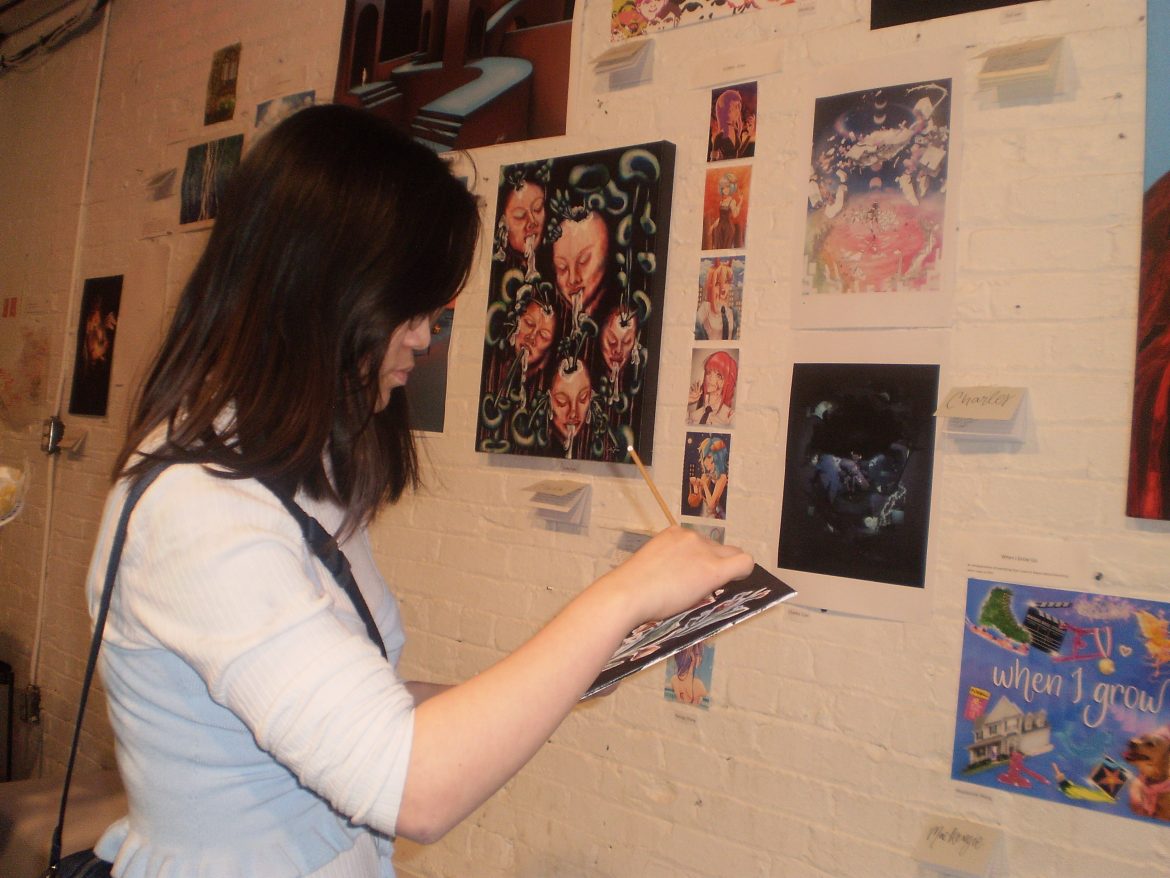Photo Credit: Emily Tung
Why we should advocate for art to be part of our curricula
Justine Lam, Contributor
There is a common and widespread exclusion of the arts within our school system — schools tend to focus on subjects deemed more useful, such as mathematics or the sciences. Yet art education is crucial to children’s learning and development. Through the arts, students can cultivate critical thinking skills and foster creativity, which not only supplements their learning across other subjects, but also prepares them for the economy of the future as well as improves their well-being.
Art allows students to develop profound ways of thinking and approaching new material, which, in turn, enhances their academic performance. Art education does not have the typical boundaries or rights-and-wrongs that exist in other subjects, and students are encouraged to explore and experiment as they like. Without the fear of being wrong, students grow to think outside the box and foster their creativity. In fact, there has been some recognition of these soft skills through the recent STEAM movement, which supplements arts into the common acronym STEM that stands for science, technology, engineering, and math. Past studies have also shown a positive correlation between arts education and academic achievement. For example, a study that incorporated theatre into a traditional language curriculum revealed that, most of the time, students in the integrated curriculum performed better in math and language arts than students in the traditional, non-integrated curriculum.
Art nurtures creative life skills that extend far beyond education, especially as the present economy begins to include novel technological developments. William Yu, an economist at the University of California, Los Angeles (UCLA), explains the current transformation of the United States economy from industrial to creative. Although the present shift is representative of the continuous advancement of technology, Yu and many others speculate that artificial intelligence will not be able to replace the creativity of humans in the near future. Through an economics lens, arts education serves as an investment for future prosperity and growth by preparing students to become creative citizens amidst significant technological innovations.
Aside from its practical advantages, arts education has also been linked to improvements in physical and psychological well-being. Frontiers in Psychology published a literature review of studies that associate aesthetic experiences with improved emotional states. When students can express themselves creatively, they experience the benefits of lowered stress, improved memory, and stronger social connections. In addition, students that engage with the arts can be encouraged to continue this cultural appreciation outside of education, which brings further social benefits as well. Researchers at the University of Illinois have found that being a creator or engaging with the work of a creator leads to higher levels of social tolerance and civic engagement.
The arts at their core are an interdisciplinary approach of thinking and learning, providing students with the creative skillsets necessary to master current subjects and to succeed in the economy of the future while promoting mental and physical health. The plentiful benefits of arts education provide a reason for schools to reconsider the importance of the arts and to incorporate them into curricula.



